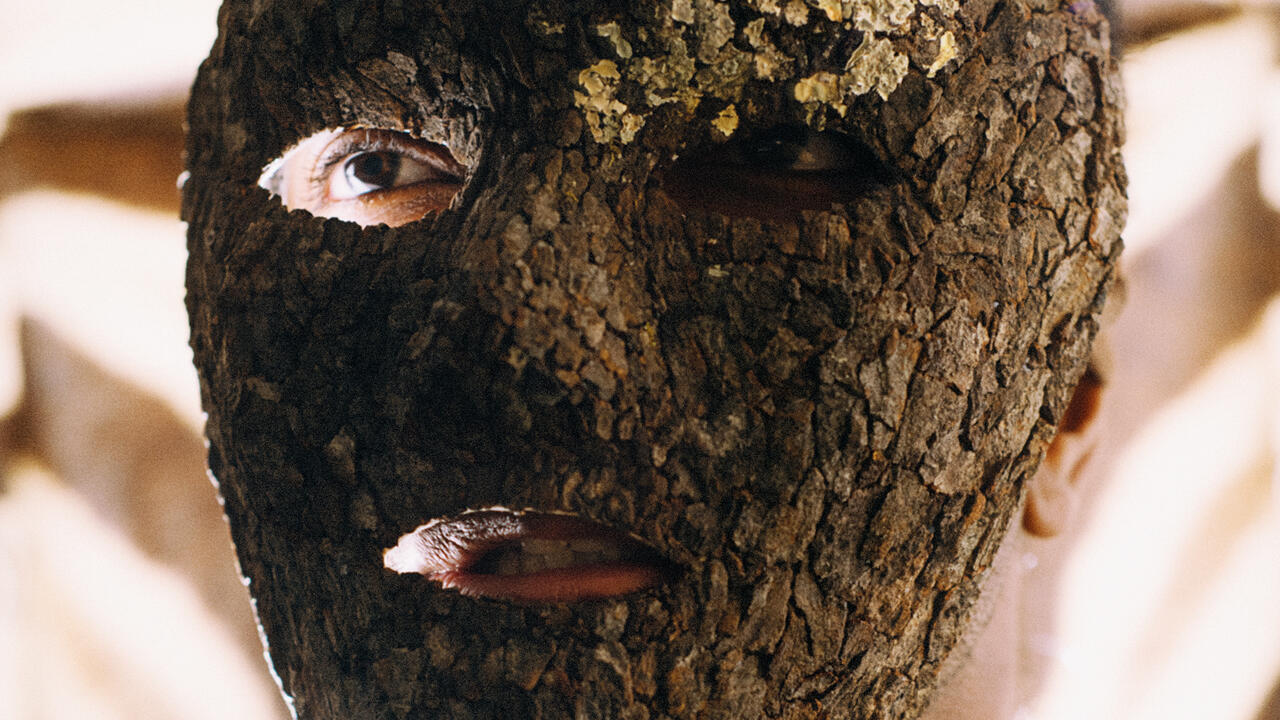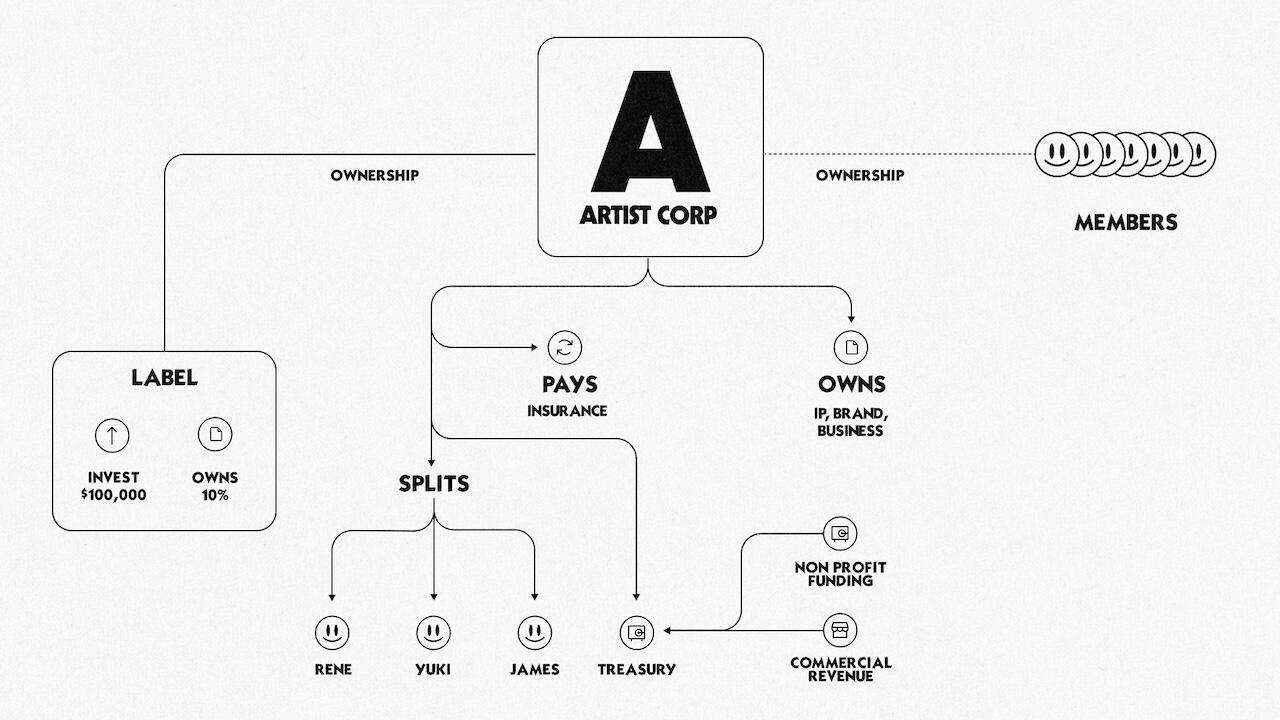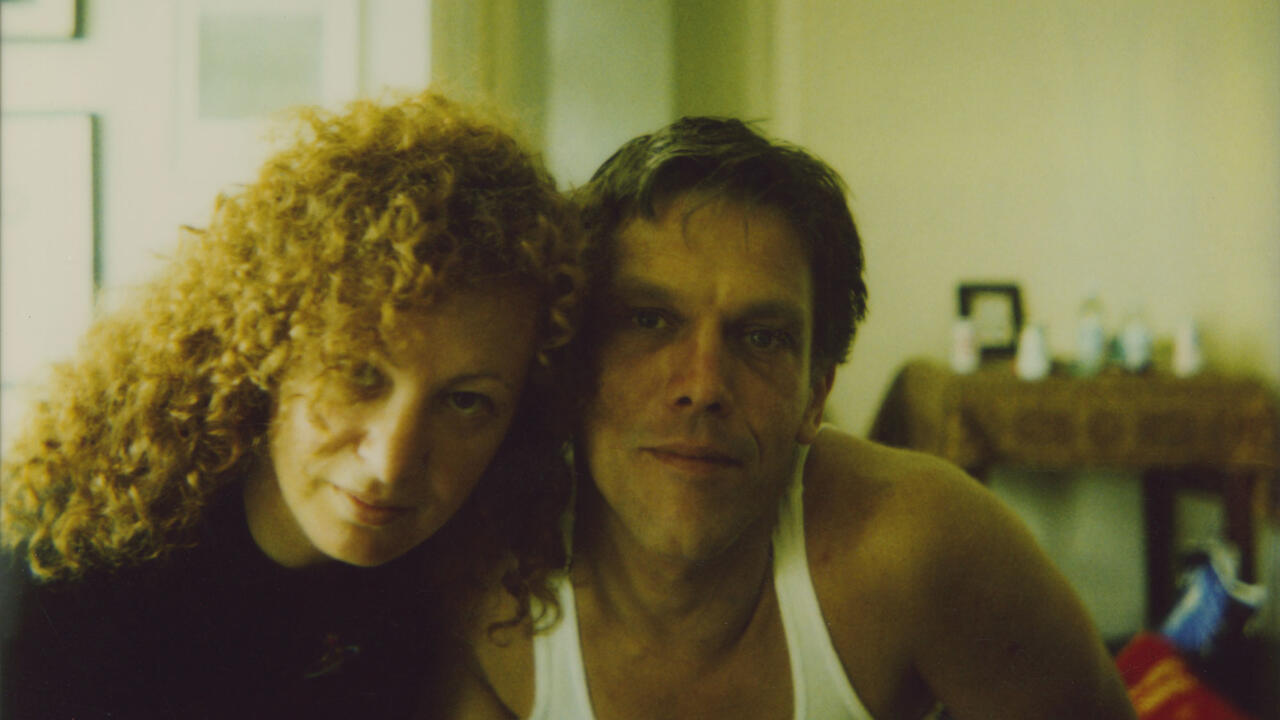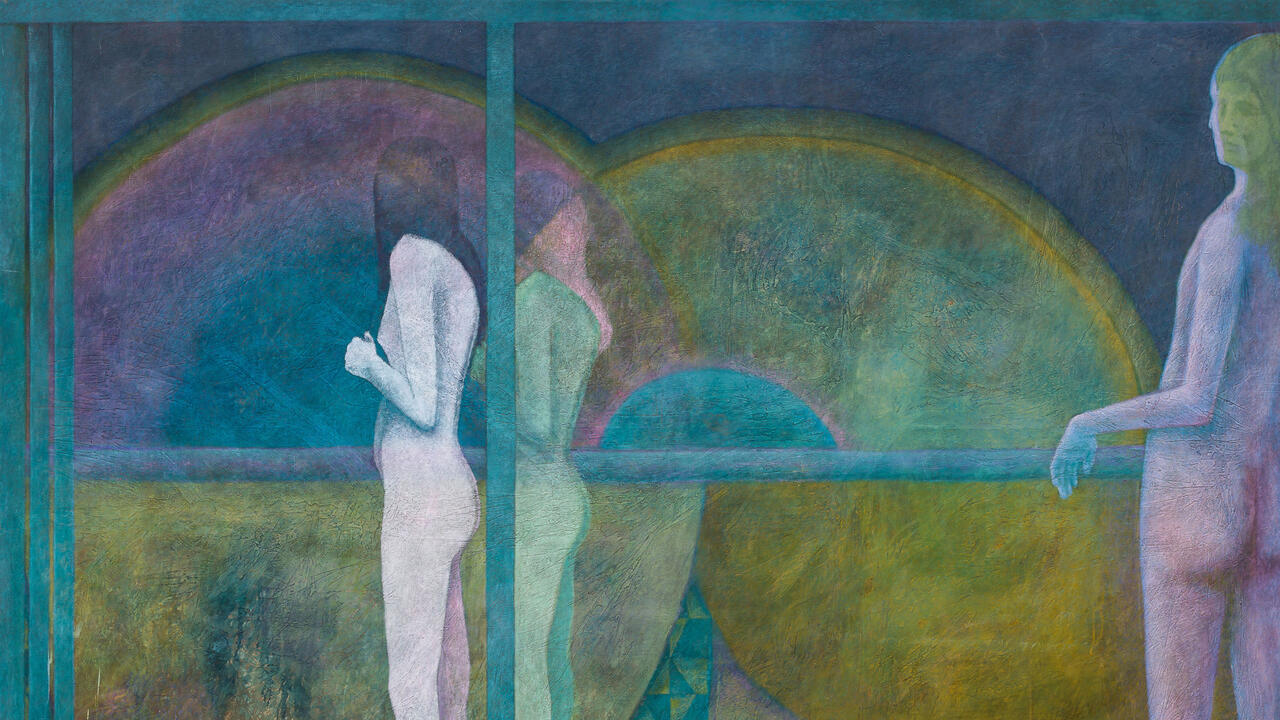Over the Rainbow
What the Pride flag says about the gentrification of queer politics
What the Pride flag says about the gentrification of queer politics

I’ll admit it: I’m over the rainbow.
This month, people around the world unfurled its colours in honour of Pride Month, and the anniversary of the 28 June 1969 Stonewall Riots that sparked the Gay Liberation Movement. Since Gilbert Baker introduced it at the 1977 Liberation Day March in New York City, the Rainbow flag (also known as the Pride flag) has been a symbol of difference in sexual orientation and gender identity, spangling the windows of gay bars and the walls of LGBT service organizations, waved at protests in Moscow and Nairobi, and projected onto the facade of the White House. It is a monolithic, global symbol and a powerfully blunt metaphor: the spectrum of light – red, orange, yellow, green, blue, violet – mirrors the span of human diversity.
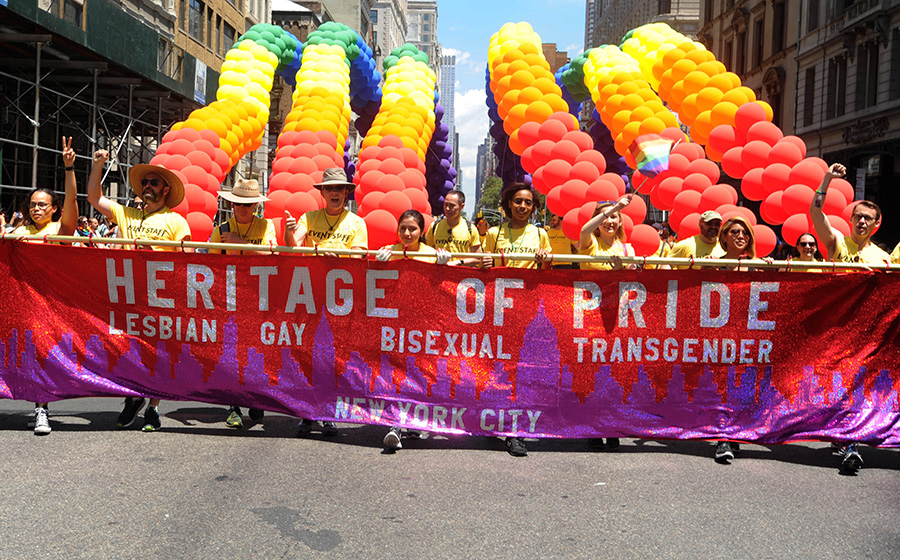
I’m over the rainbow, though – at least the one we’ve come to know these past few years, as gay marriage became law in the US and it became popular to publicly declare a policy of acceptance. Since then, the rainbow flag has become a mainstay of corporate advertising targeted towards LGBT (particularly white, gay male) consumers – a form of appropriation that profits from queer politics. Large, exploitative companies – real estate firms that refuse to rent to transgender people, or banks that sell junk loans to lower income queer people of colour, for instance – employ Baker's banner to ‘pinkwash’ their predatory practices, or conceal discrimination beneath a shallow veneer of tolerance.
Last weekend’s New York Pride Parade was sponsored by Wells Fargo, a backer of the Keystone XL Pipeline that has desecrated indigenous land and threatens local water sources in the Dakotas; most recently, the bank has been embroiled in a scandal about its predatory sales practices. Deutsche Bank, another sponsor, was revealed last year to have laundered billions of dollars for Vladimir Putin and the oligarchs running his repressive, homophobic regime. Co-sponsor Coca-Cola is notorious for privatising water resources in India, resulting in deadly scarcities and environmental degradation; 2,000 African-American employees in the US sued the company for discrimination in 2000. Dow Chemical was a sponsor of last weekend’s Mexico City Pride Parade; earlier this month, a Michigan court held the producer of napalm responsible for dumping toxic chemicals in local rivers for more than two decades.
Environmental and economic justice, health and human prosperity – what values could be more fundamental to a self-empowered queer community? These are, in fact, the values to which Baker’s flag refers: red stands for life, orange for healing, yellow for sunlight, green for nature, blue for serenity and purple for spirit. The original flag included two additional colours, pink for sex and violet for art, the most self-affirming tools of queer subversion. They were allegedly dropped due to production costs, but disappeared when the flag achieved widespread adoption; I can’t help but wonder if our most radical values were gentrified from our own vocabulary.

Cozying up to corporations has obvious benefits: today’s Pride celebrations are awash with giveaways, cheaply manufactured freebies and flashy displays. I saw children in the streets of Greenwich Village waving Pride flags emblazoned with Deutsche Bank’s logo, and crowds queuing for complimentary tubes of rainbow Colgate toothpaste. The effect of all this corporate propaganda is not to correct economic abuses and affirm basic respect for human rights, but to turn LGBT people into walking billboards for brands that are structurally racist, sexist and homophobic. It has made us unwitting accomplices to our own continued marginalisation. We paint ourselves with pride while permitting a public shame.
I’m over the rainbow, that corporate logo – the symbol we sold for a dime.
On 14 June, Flag Day, the City of Philadelphia unveiled its own newly designed Pride flag, with two additional stripes of black and brown, to acknowledge the contributions – and ongoing marginalisation – of queer people of colour. As news of the flag spread over the internet, rancorous debate ensued, between one camp that deemed it an unnecessary change of a supposedly sacred, universal symbol, and another eager to redress the persistence of white supremacy in the LGBT community. Critics of the flag who claimed it had failed its universal credo were right: it can no longer justly represent queer people of colour anymore than Wells Fargo can. But critics of those critics also had a point: amending the flag is a faulty fix, like taking an aspirin to cure appendicitis.
From feudal coats-of-arms to our modern-day standards, flags have always been symbols of domination; their form was developed in wartime, and later colonised both earthly and lunar soil. Even when banners were stitched and hoisted by revolutionary factions, progressive organisations or other radical groups, they maintained a social separatism that fueled our worst clannish impulses. Human beings learned to be proud for belonging to clubs that did not permit certain others to join them.
For many around the world, the US flag represents the ideals of democracy and freedom of expression; but for many others, it represents military aggression and economic imperialism. The latter group are why I never pin it to my lapel or wear it on a t-shirt, even though I recognise its multivalence. The problem would not be solved by amending its design, but rather by limiting its chauvinistic display. Germans learned this lesson after the Second World War, and it’s rare to see the Bundesflagge in public, outside of national football matches.

The Pride flag is no different. Though its colours may signal inclusivity, it has an immediate semiotic function like any other, producing feelings of identification for some and estrangement for others. And when these feelings already exist, it deepens the divide, drawing lines of strict solidarity around a community with porous borders. Even well-intentioned forms of solidarity can declare unity where none exists, and ignore the complicated specificities of intersectional experience. As Paul Clinton wrote in the April 2017 issue of frieze, ‘Don’t get personal, get structural; rather than mobilizing one identity or person against another, question the very logic of identification or of political community.’
Let’s get over the rainbow, and over its reductivist charge. Whatever lies beyond will be harder to commodify and corporatize. Most importantly, it will belong to us all.
Main image: Pride parade in Toronto, 25 June 2017. Photograph: Mark Blinch/The Canadian Press/PA Images, All Rights Reserved






